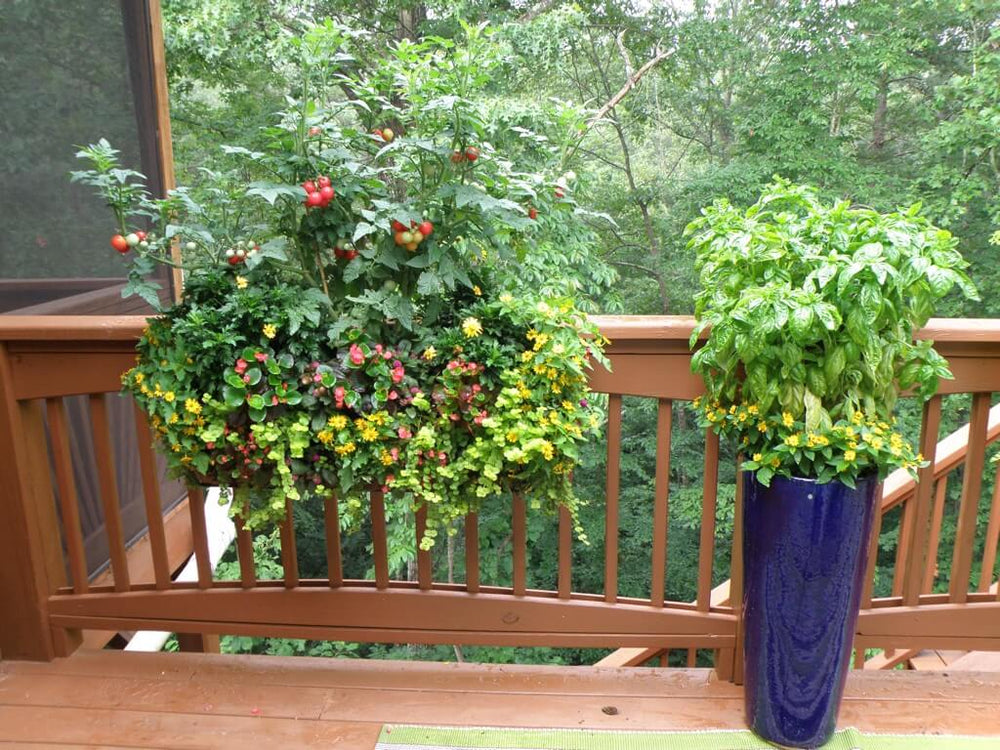Your plants are likely to be visited by harmful insects or diseases. If you have more than two or three plants, a sprayer makes it easier to deal with the pests because you'll need something better than a ready-to-use bottle to avoid a cramp in your hand while spraying.
To get a useful 1- or 2-gallon sprayer look for these features: a thumb-operated valve, an adjustable cone nozzle, and a long spray wand so that can reach inside the plant. A bronze nozzle is better and longer lasting than plastic, but more expensive. The nozzle should adjust to from a fine spray to a jet. Look for spray wands have a curved end that makes it easier to point the spray upwards; this make it easier to target the undersides of leaves, which is where many pests hang out.
To spray, adjust the nozzle to a fine mist and start at the bottom of the plant; point the nozzle up to spray the undersides of the leaves first, working your way up the plant. Make a second pass by spraying the top of the foliage. Again start at the bottom of the plant and work your way up. It is important to spray both sides of the leaves. When spraying spreading vines such as melons, do your best to track where you've sprayed by hitting the underside of the leaves first, then the top so you won't skip any. The underside is where pests often hide and disease spores may first appear.
Mix your spray exactly according to label directions. It's the law. During hot weather, wait until nearly dusk to spray. Some products can burn when the temperature is in the mid 80˚s or higher. Avoid spraying if nights are hotter.
After spraying to prevent for leaf diseases, watch the plants carefully. Depending on the climate, one or two sprays may be enough. In areas with a long warm and humid season, you may need to spray every week or ten days.





 Herbs
Herbs
 Vegetables
Vegetables
 Fruit
Fruit
 Flowers
Flowers
 Succulents
Succulents


